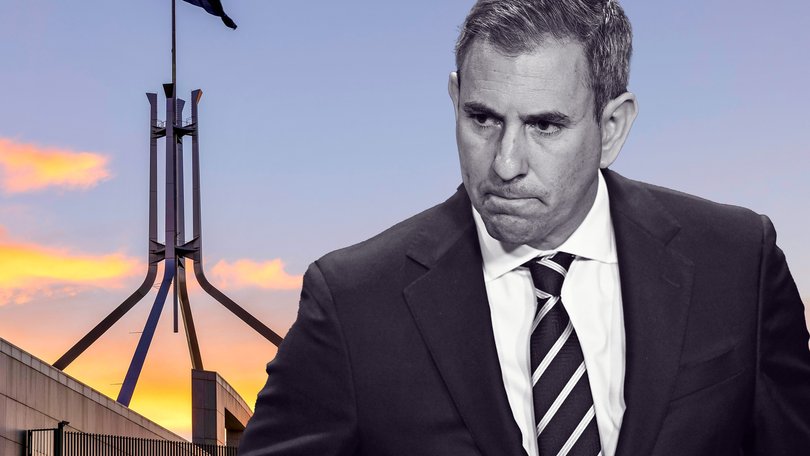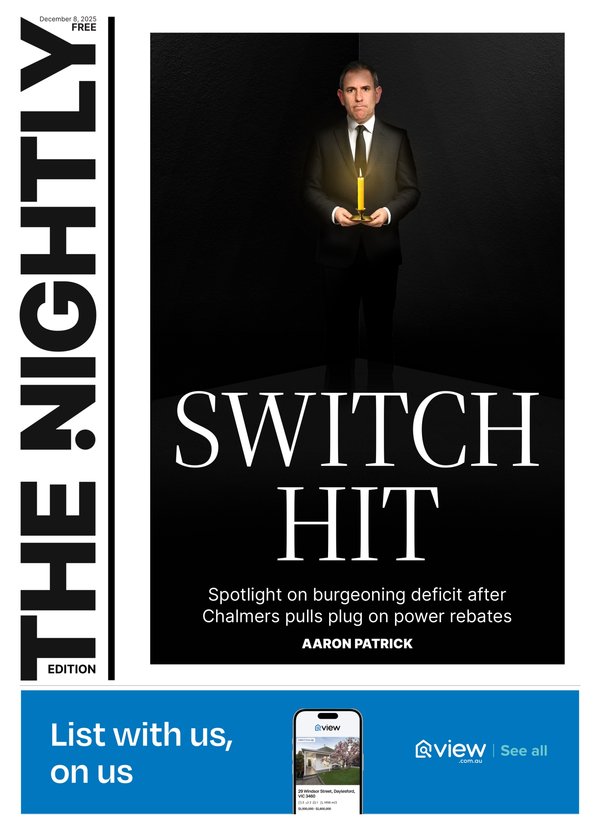Australian economy: Slow March quarter growth just 0.2 per cent

Australia’s economy is stuck in the slow lane as families and businesses remain reluctant to splash cash, just as the binge of government spending unwinds.
Economic growth through the 12 months to March was a sluggish 1.3 per cent, according to the latest data from the Australian Bureau of Statistics. Quarterly figures were below expectations at 0.2 per cent.
That pace is far below the usual speed of recent decades. The average person’s share of income fell, resuming a decline that has been weighing on the country since 2022.
Sign up to The Nightly's newsletters.
Get the first look at the digital newspaper, curated daily stories and breaking headlines delivered to your inbox.
By continuing you agree to our Terms and Privacy Policy.Markets upped the chances of a July interest rate cut by the Reserve Bank to about 90 per cent — although economists were not as optimistic.
“There was nothing to be happy about in the national accounts numbers today,” EY chief economist Cherelle Murphy said.
“Some of the weakness can be blamed on temporary weather events interrupting export growth and hurting tourism and localised spending, but more worrying is the malaise that has set in across the business sector and amongst households.”
She said there were warning signs in the data that governments must change policy to help boost the economy’s capacity.
Consumer spending edged higher as Australians bought more clothes and new cars. Yet the increase of 0.7 per cent through the year was tepid.
Investment into new homes and construction projects picked up.
But the private sector struggled to offset a slowdown in government money flowing into energy, communications and infrastructure.
It means the country is stuck in a slow transition from an enormous post-COVID government spending boom towards private sector growth.
Productivity — which measures how much value the country created for each hour worked — dropped 1 per cent through the year.
“Today’s (data) came in considerably lower than expectations, reflecting (that) Australia’s economic growth has stalled,” investment house VanEck’s Cameron McCormack said.
Betashares chief economist David Bassanese said the economy “continued to limp ahead”.
“Although special factors help to account for some of the softness in GDP, such as cyclones, heavy rainfall and flooding along parts of the east coast, it’s also the case that underlying consumer spending and business investment remains relatively subdued.”
Newly-minted Shadow Treasurer Ted O’Brien said the results were “disappointing”.
“The economy is hardly growing, businesses are barely investing and households are feeling anxious,” he said.
But Treasurer Jim Chalmers said “any growth is a decent outcome” amid uncertainty in the world.
He said the slow recovery of private spending — businesses and households — was “gradually taking hold”.
“Our economy continues to grow in the face of substantial economic headwinds at home and abroad,” he said.
AMP tipped another interest rate cut in July while Westpac and ANZ warned the RBA may wait longer.
“We think the economy is in better shape than quarterly growth would suggest,” ANZ’s Adam Boynton said.
“Household (incomes) are showing an improvement, and we don’t think the fall in public demand that pulled growth down marks the start of a new trend.
“Hence, we don’t think today’s release will push the RBA to a July rate cut.”
The period in the data covered the Reserve Bank’s February rate cut and was prior to US President Donald Trump’s “liberation day” tax hikes on trade.
Economists yesterday lowered their forecasts for the March quarter on the back of a run of weak numbers.
ANZ had expected 0.2 per cent growth while Commonwealth Bank tipped 0.3 per cent
